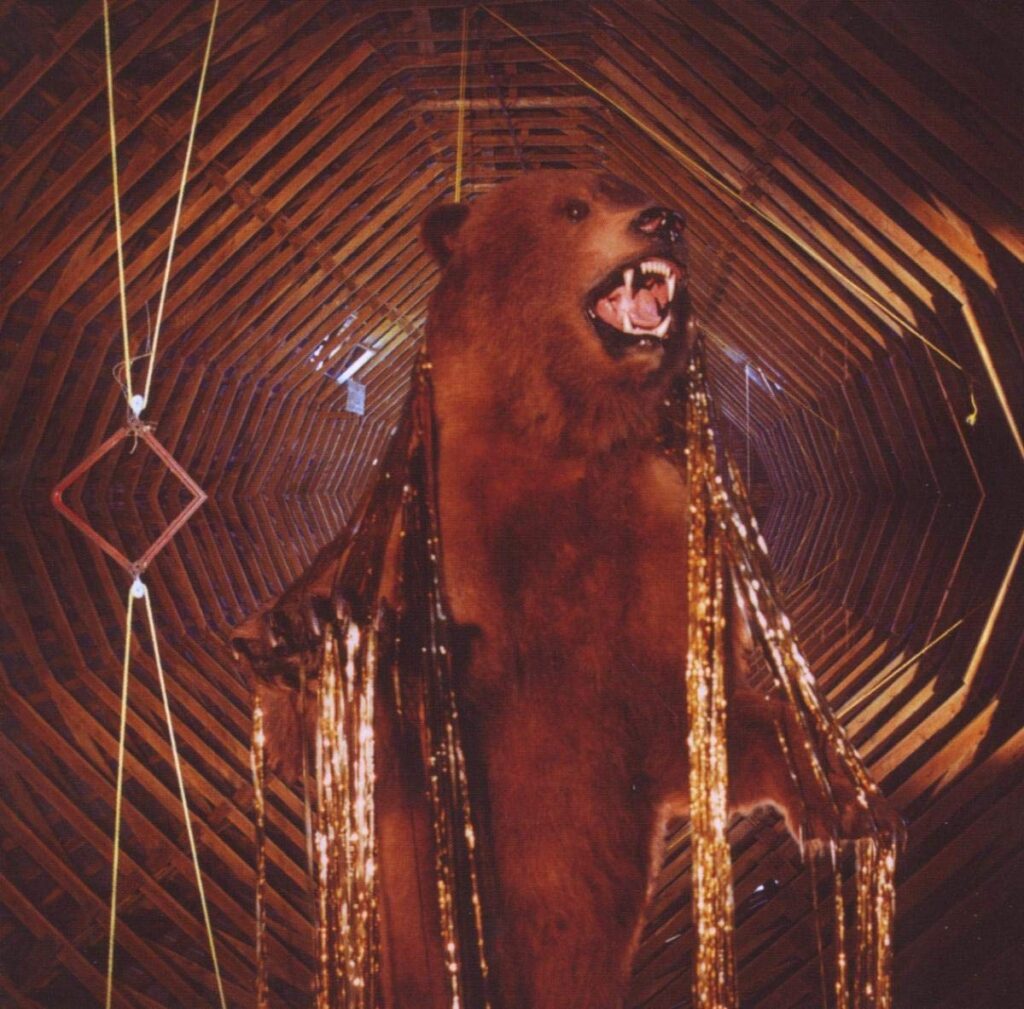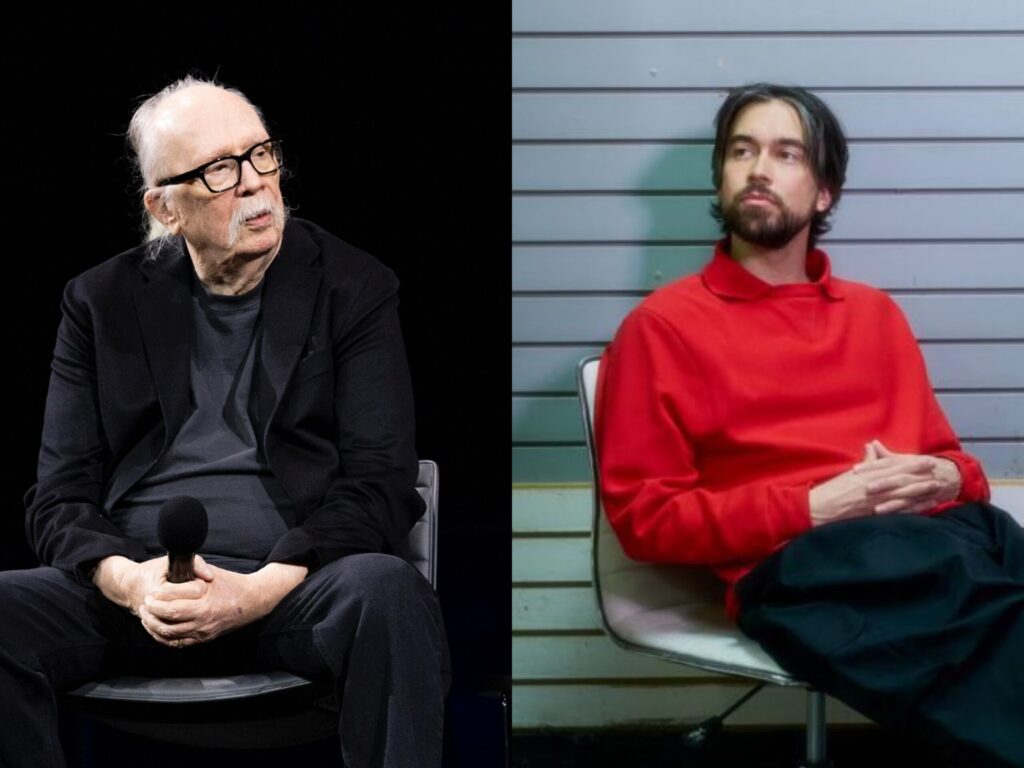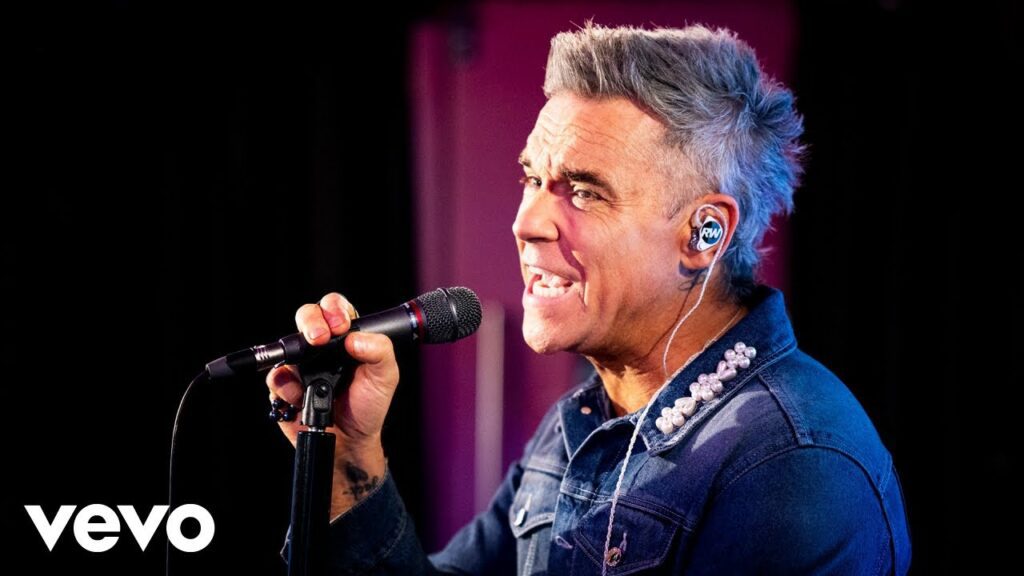
It Still Moves was the culmination. At the very end of the ’90s, My Morning Jacket emerged from Kentucky as an aberration — ghostly seekers, not obviously retro yet totally out of time. They played with familiar forms, strains of country and rock’s heyday, but drenched them in enough reverb to make it all feel alien, like an alternate dimension echo of things we knew in our own world. Their first two albums, 1999’s The Tennessee Fire and 2001’s At Dawn, had stoked some fascination; their live shows were already building an ardent fanbase. But then It Still Moves arrived, 20 years ago this Saturday, and their whole ethos was fully realized. And as these things sometimes go, just as MMJ arrived at a place they seemed to have been looking for all along, It Still Moves would also mark the end of the band as we once knew them.
In those earlier years — and, really, up until the second half of the ’10s — Jim James never really stopped moving. He was always writing, he was always on the road. Much of the music that ended up on It Still Moves had originated earlier. A few songs had even been in contention for At Dawn, before he and his bandmates decided to keep that album’s spectral mood and save the heavier songs for a more rock-oriented followup.
It Still Moves would be a transition in functional ways, too. While the group — then comprising James, his cousin and right hand man Johnny Quaid, bassist Tom Blankenship, keyboardist Danny Cash, and new drummer Patrick Hallahan — had made the leap from Darla to major label life on ATO, they still did everything themselves. Once more, MMJ gathered at Above The Cadillac Studios, a room at Quaid’s grandparents’ farm in Shelbyville, Kentucky. They had some more money and better gear at their disposal this time, but still favored certain methods, like recording James’ vocals in a grain silo. All the stuff that had filtered into MMJ’s early mythology was still at play, but everything about It Still Moves would be bigger, bolder. The album sprawled further out into the ether than even its twilit predecessors, but was also more muscular, more grand.
MMJ had already undergone a few iterations. Tennessee Fire was mostly James and Quaid, then At Dawn was a portrait of a proper band, honed on the road and now working together in the studio for the first time. So by the time it got to It Still Moves, the machine was firing on all cylinders (and given some extra gas by Hallahan’s powerful drumming as a fresh element). The stage was set, and James came prepared with one of the sharpest collections of songs he’s ever brought to an album.
There are a lot of reasons It Still Moves may remain the masterpiece in many fans’ eyes, or at least the platonic ideal of a My Morning Jacket album. There’s the basic fact that it took the original My Morning Jacket aesthetic to its logical endpoint, more vivid and immersive than ever. And while MMJ has spread their classic songs out across the decades, It Still Moves is particularly stacked. There are just a few minor entries on it: “Just One Thing” easily gets lost in the shuffle, and “One In The Same” remains a fairly deep cut even for a band that has exhumed almost every deep cut. (That’s not to diminish the fact that when James sings lines like “It wasn’t ’til I woke up/ That I could hold down a joke or a job or a dream/ But then all three are one in the same,” it remains heartbreaking.)
Other than that? It Still Moves kicks off with the all-timer “Mahgeetah” and barely lets up. You have Southern rock rave-ups like “Dancefloors” and “Easy Morning Rebel,” the gorgeous acoustic ramble of “Golden” and the weirdo epic “Run Thru.” There are always songs where James sounds like he’s trying to swallow the whole world and sing it back to you, spread out across the catalogue — It Still Moves has not one but two of them, in “I Will Sings You Songs” and “Rollin’ Back.” And of course, there are “Steam Engine” and “One Big Holiday.” Each remains a key MMJ track, the latter their most frequent closer, the namesake of their destination festival, the song they played while storming Conan in 2003, their biggest calling card.
But it’s not just that It Still Moves overflows with some of MMJ’s most enduring material. It’s also packed to the brim with vibrant ideas and twists. Given that MMJ are sometimes lumped into the jam band world, some might have a tendency to read their instrumental passages as such — them letting it all hang out. But even in their more rollicking or spacious moments, there is a careful architecture to most Jacket recordings. Again and again, the band deployed outros and climaxes not as a part of simply improvising, but for maximum dramatic and cathartic impact — the way “Mahgeetah” tumbles headlong into its solos, the horn-blasted pivots concluding “Dancefloors” and “Easy Morning Rebel,” the simmering tension in the riff of “One Big Holiday” giving way to a maelstrom, the yearning keen of “Steam Engine” weaving this way and that, entwining with lachrymose slide guitar until James’ final refrain. It wasn’t just the lush sound and strong bones of each song. It Still Moves was an album full of intricate details that always seemed to sit just right.
It Still Moves was acclaimed, and it laid the groundwork for MMJ’s indie-mainstream breakthrough with Z in 2005. But it also became a time of fragmentation. Amidst touring the album, Quaid and Cash left the band, and for a time MMJ teetered on breaking up. Instead, they found guitarist Carl Broemel and keyboardist Bo Koster, and in many ways MMJ only then became the band they were always supposed to be. It has remained those five members for the last 20 years, the perfect assembly of players to keep taking James’ visions to the stratosphere.
This marked a delineation between MMJ Pt. 1 and MMJ Pt. 2. Perhaps cognizant that It Still Moves epitomized what My Morning Jacket were all about in their initial stages, but also creatively restless as always, James would soon fire off deep, deep into new territory. Backed by a new, steadier band, he led MMJ into more cosmic, psychedelic realms, often completely abandoning the Southern stylings that had one been a foundational part of their DNA. From Z on to the bizarro synth-funk and glossy AM gold of Evil Urges, he’d spend the rest of the ’00s proving that just as It Still Moves seemed to reach some mystical horizon, there were yet far weirder frontiers for MMJ to explore.
Mostly, the devout have found things to love in each subsequent album even as press fervor settled into long-term respect. (Personally, I’ll still make the argument that about half of The Waterfall is made up of songs as transporting and memorable as anything else in MMJ’s history.) But there remains an awestruck way in which people look at It Still Moves. Somehow, even turning 20 years old amidst a career now stretching to 25, it can still feel like the centerpiece. It’s the fulcrum, after which nothing would be the same, but even two decades on its songs feel as vital in MMJ’s canon as they did when they were new. One thing James didn’t care for was the original “wet blanket” mixing, prompting a remixed version of the album in 2016, which only served to further clarify the alchemy at the heart of It Still Moves.
When I interviewed him around that release, I asked about the name. He responded that the words can be taken plainly: The album is about things that still move you, even after great lengths of time. That could be an old Willie Nelson song, or things that seem immobile like old photographs, or James would find it in nature. Of course, it’s easy to say that this became true of the album itself, now a document of a bygone version of MMJ and of Jim James, and one that has lost none of its potency. But upon revisiting the album two decades in, the phrase seems bigger than that — more of a mission statement for what MMJ were all about, and the dream they kept chasing even when they left this sound behind. Given the band’s disinterest in reclaiming old selves, It Still Moves may always remain singular. But all these years later, it’s the nexus of what makes My Morning Jacket tick, the drive to pause and find wonder where nobody else is looking.



